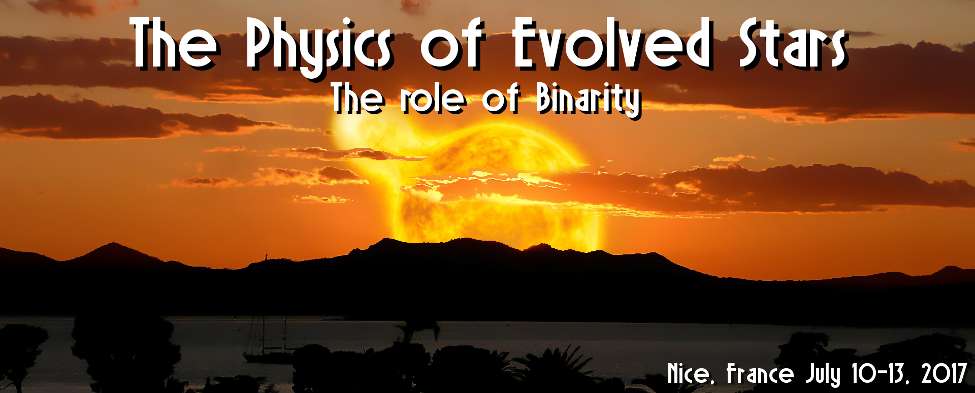Different approaches exist to model circumstellar environments (CSE), ranging from simple analytical and geometrical models to full hydrodynamic-radiative transfer models. Analytical models have the advantage of being very fast to calculate, but have a narrower domain on applicability and deliver less physical information than radiative transfer models. However, these complete and self-consistent radiative-transfer solution of the problem can be highly demanding in terms of computing time. In an attempt to create a model that is based on the physics of CSE without being too much time consuming we developed a new version of our fast ray-tracing algorithm for circumstellar structures (FRACS). FRACS is based on a parametrized CSE composed of dust and now also of gas (lines and continuum), and adopts a simplified radiative transfer approach (ray-tracing without scattering). FRACS is particularly adapted to the analysis (e.g. model fitting) of spectro-interferometric observations of CSE such as from Be stars, B[e] (supergiant, Herbig), among others.

|
|
|
|
Modelling gas and dust circumstellar environments with FRACS
1 : Observatoire de la Côte d'Azur (OCA) - Laboratoire Lagrange - CNRS UMR 7293 - Université Côte d'Azur (UCA)
(OCA-UCA)
-
Website
* : Corresponding author
Observatoire de la Cote d'Azur
Bâtiment Fizeau Faculté des Sciences Parc Valrose 06108 NICE CEDEX 2 -
France
|
| Online user: 1 | RSS Feed |

|
 PDF version
PDF version